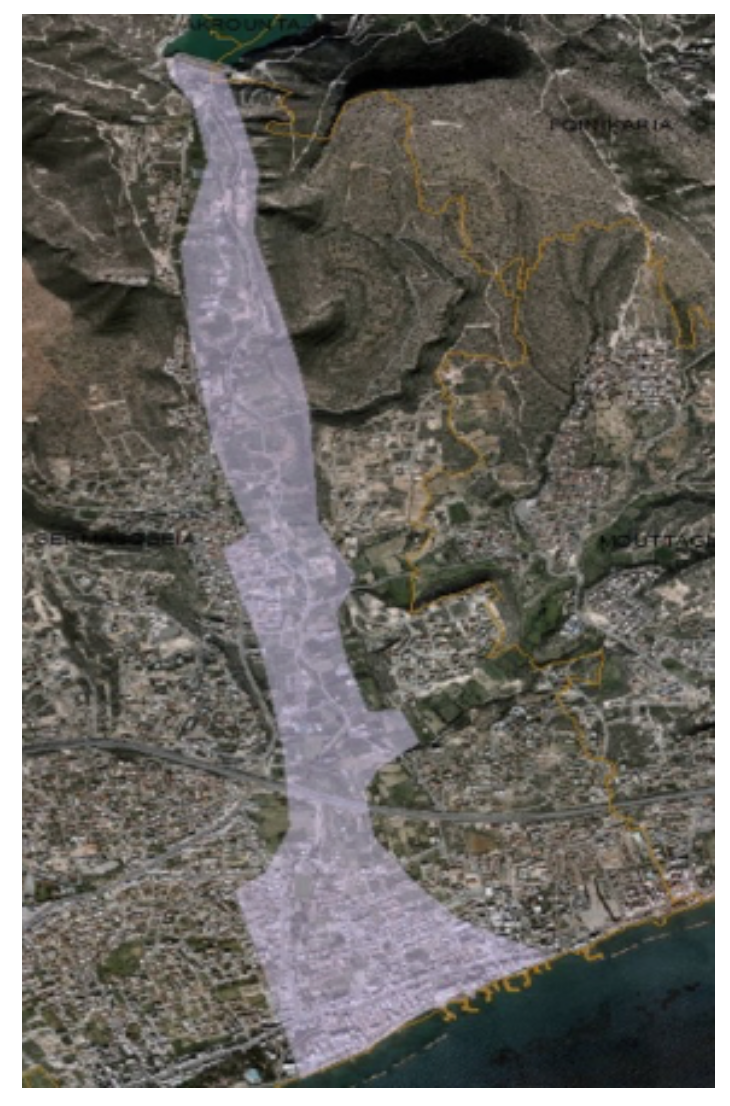
Water management in Cyprus
In many island countries and coastal regions the local drinking water supply relies on filtration through aquifers. However, drought and over-extraction can lead to a drop in the aquifer water table. This drop increases the risk of sea water intrusion, which can render the aquifers unusable for a long period of time. In the case of drought, the water table lowers due to a decrease in the natural underground seepage flow in the aquifer. In order to maintain the water table and mitigate the risk of sea water intrusion, many coastal aquifers are replenished by pumping water back into the aquifer. Therefore, the water table height and consequently the management of aquifers requires a balance between the natural underground seepage, the extraction of water for consumption and the artificial recharge of water.
During a workshop in Limassol, Cyprus, I worked with several other academics from different countries to create a mathematical model for the water table in a sloping coastal aquifer [4]. Based on the nearby Germasogeia aquifer (see aerial view to the right), which supplies water to the Limassol region, our model can be used to determine extraction/recharge strategies to ensure the water table does not diminish to a dangerous level (i.e. to stop sea water intrusion).
[4] Mondal, R., Benham, G.P., Mondal, S., Christodoulides, P., Neokleous, N., Kaouri, K. Modelling and optimisation of water management in sloping coastal aquifers with seepage, extraction and recharge, Journal of Hydrology, 571, 471-484, (2019). [pdf]
